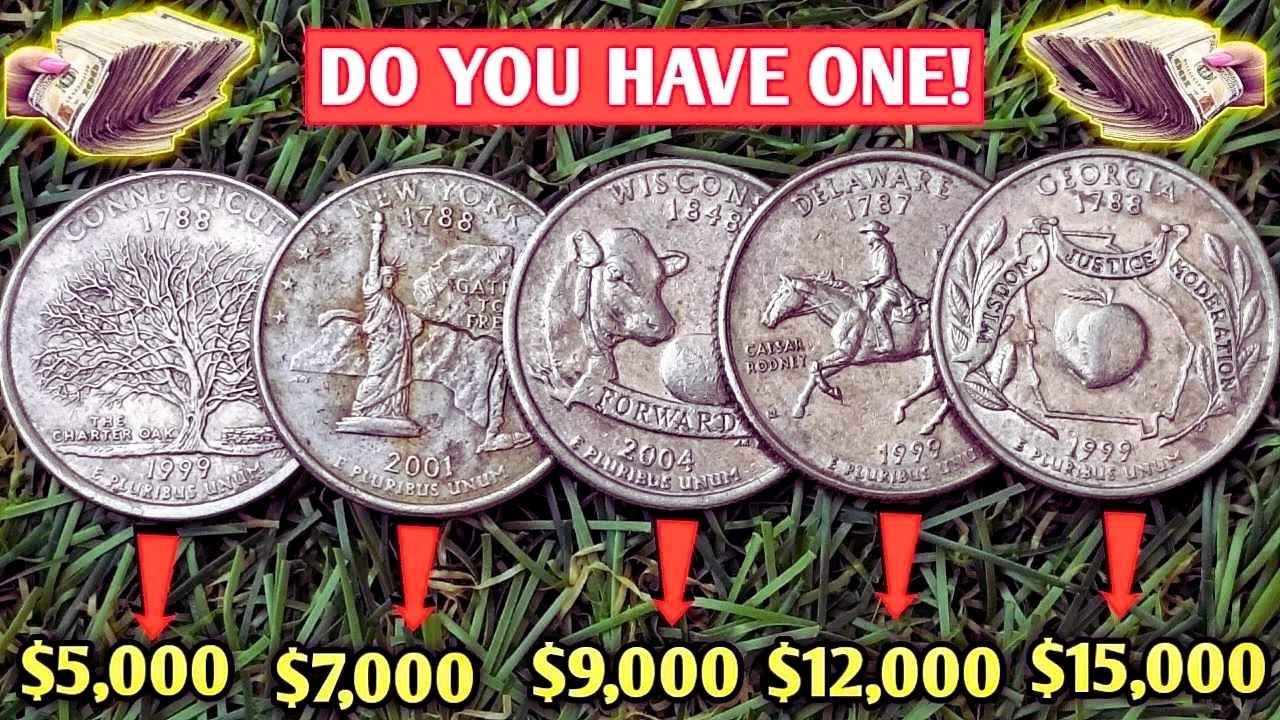Could Your Pocket Change Be Worth Millions? : Imagine finding a penny in your change that could make you a millionaire. Lincoln Wheat Pennies, minted from 1909 to 1958, are common coins, but a few rare ones are worth up to $250 million each. These tiny treasures might still be hiding in your wallet, coin jar, or even a couch cushion. Their value comes from minting errors, low production numbers, or historical significance. Let’s explore five ultra-rare Lincoln Wheat Pennies that could change your life and how to spot them.
Why These Pennies Are So Special
Lincoln Wheat Pennies were the first U.S. coins to feature a real person, President Abraham Lincoln, celebrating his 100th birthday in 1909. Designed by Victor David Brenner, they have Lincoln’s face on the front and wheat stalks on the back, symbolizing America’s farming roots. Most of these pennies are worth just a cent, but rare ones stand out because of mistakes made during minting, limited production, or their link to events like World War II. A coin in great condition can fetch a fortune at auction.
Top 5 Rare Pennies to Look For
Here are the five Lincoln Wheat Pennies that collectors dream about:
- 1943 Bronze Penny: During World War II, pennies were made from steel to save copper, but a few copper blanks were used by mistake. Only 15–20 exist, and one sold for $1.7 million in 2010. Today, a perfect one could be worth $250 million. Check for a 1943 date, copper color, and no stick to a magnet.
- 1909-S VDB Penny: Only 484,000 were minted in San Francisco, and the designer’s initials, V.D.B., caused a stir, so they were removed. Look for 1909 with an S mint mark and V.D.B. on the back. A top-condition coin could hit $250 million.
- 1955 Doubled Die Penny: A minting error made the date and words like LIBERTY look blurry. About 20,000–24,000 were released. Check for a 1955 date with doubled text. It could be worth $250 million if uncirculated.
- 1914-D Penny: Only 1.2 million were made in Denver, making it rare. Look for 1914 with a D mint mark and red color for the highest value, up to $250 million.
- 1922 No D Penny: A worn die left some 1922 pennies without a D mint mark, though all were made in Denver. Only a few hundred exist. Check for a 1922 date with no D. It could be worth $250 million.
| Penny Type | Key Features | Estimated Value |
|---|---|---|
| 1943 Bronze | Copper color, 1943 date | Up to $250M |
| 1909-S VDB | S mint mark, V.D.B. initials | Up to $250M |
| 1955 Doubled Die | Blurry date, doubled text | Up to $250M |
| 1914-D | D mint mark, red color | Up to $250M |
| 1922 No D | No D mint mark, 1922 date | Up to $250M |
Where to Find These Hidden Gems
These rare pennies could still be in circulation. Check your pocket change, old coin jars, or bank rolls. Flea markets, estate sales, or coin shops might also hold these treasures. Joining coin clubs or online forums can teach you more about spotting them. Use a magnifying glass to check dates, mint marks (S, D, or none), and errors like doubling or missing marks. For 1943 pennies, a magnet test is key: steel sticks, bronze doesn’t.
What to Do If You Find One
If you think you’ve found a rare penny, don’t clean it, as this can lower its value. Take it to a trusted coin dealer or grading service like PCGS or NGC to confirm it’s real. These coins are so valuable because of their scarcity and collector demand, but fakes exist, so professional verification is a must. If authentic, sell through reputable auction houses like Heritage Auctions for the best price.
A Treasure Hunt Worth Starting
Lincoln Wheat Pennies are more than just coins; they’re pieces of history from times like the Great Depression and World War II. The thrill of finding one worth millions keeps collectors and everyday folks checking their change. Next time you see a penny, take a closer look. It might just be the key to a fortune hiding in plain sight.
